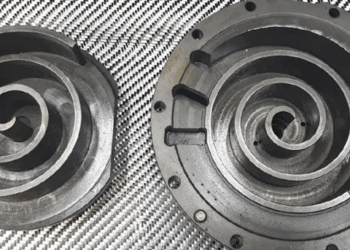The operation to replace the joints (including the knee) is a very common orthopedic procedure.
The essence of endoprosthetics is to replace the existing sick joint or its individual parts with a complete endoprosthesis or individual artificial elements. Thus, a person not only gets rid of constant pain and discomfort, but also acquires the opportunity to lead a normal lifestyle, including playing sports.
At the moment, there are several surgical methods with which the knee joint is treated. Each of them has a certain orientation and unique mechanism of action. As a rule, hirrgic interference on the knee joint is carried out as planned operations. This means that at first the doctor will conduct a thorough examination, then apply conservative methods of treatment, and only if they do not have any significant effect on the development of pathology, the doctor resorts to the surgical solution of the problem.
Arthroscopy
This type of operation implies the minimum use of surgical intervention. Before the operation, the patient is administered general or local anesthesia, after which the surgeon makes a small incision in the operation of the operation. Further, with the help of a special tool — an arthroscope, the doctor begins the study around the knee joint. Since the device is introduced deeply, directly into the articular cavity, the doctor can carefully study all articular structures. After the necessary examinations, damage is removed using special tools.
Osteomy
This surgical method is that the surgeon redistributes the load on the joint by removing or recombination of its fragments. The regrouped parts of the bones are fed in a new position. Osteomy is perfect for young people who have damage on one of the small sections of the joint. This operation is contraindicated for people over 60 years old.
Partial or complete replacement of the joint
The operation of a partial replacement of the knee joint is a variant of surgical intervention, in which only one of the parts of the joint changes. This procedure is perfect for people who are affected by the medial or lateral part, however, in other cases, the effectiveness of such treatment can be controversial and will only slightly reduce pain.
Complete (often they say — total) replacement of the knee joint involves the removal of the entire damaged joint and replacement of its parts (both the swivel, and the neck of the femoral bone with the head) with artificial implants. Such an operation is carried out with a significant loss of articular function and severe pain.












